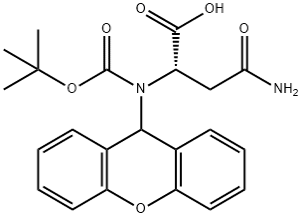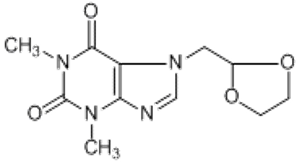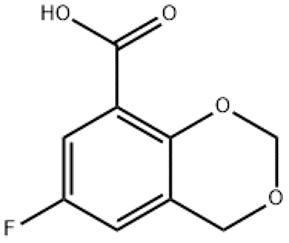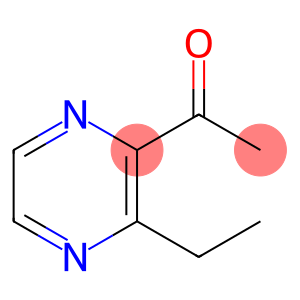N-Boc-N’-xanthyl-L-asparagine(CAS# 65420-40-8)
| Safety Description | 24/25 – Avoid contact with skin and eyes. |
| WGK Germany | 3 |
| HS Code | 29329990 |
| Hazard Class | IRRITANT |
Introduction
N(alpha)-boc-N(gamma)-(9-xanthenyl)-L-asparagine is an organic compound widely used in the fields of biochemistry and medicinal chemistry. The following is a description of its nature, use, preparation and safety information:
Nature:
N(alpha)-boc-N(gamma)-(9-xanthenyl)-L-asparagine is a crystalline solid. It has a white or yellowish color and is soluble in organic solvents such as dimethylformamide (DMF) and dichloromethane. It is relatively stable at room temperature, but will decompose under high temperature or strong alkali conditions.
Use:
N(alpha)-boc-N(gamma)-(9-xanthenyl)-L-asparagine has important application value in drug research. It can be used in the synthesis of peptide drugs, such as anti-tumor drugs and bioactive peptide precursor compounds. In addition, it can be used as a research tool in chemical biology to explore the structure and function of specific proteins or peptides.
Preparation Method:
The preparation of N(alpha)-boc-N(gamma)-(9-xanthenyl)-L-asparagine generally involves a multi-step reaction. First, the first intermediate was obtained by the condensation reaction of synthetic aspartic acid-4, 4 ‘-diisopropylamino ester with p-aminobenzoic acid. A nucleophilic substitution reaction is then used to introduce the oxyanthryl nylon into the intermediate to form the final product.
Safety Information:
N(alpha)-boc-N(gamma)-(9-xanthenyl)-L-asparagine is an organic synthesis reagent, and its correct operation needs to follow general laboratory safety regulations. Due to the lack of complete data from toxicity studies of this compound, knowledge of its potential hazards is limited. During handling and use, care should be taken to avoid direct contact with the skin and eyes, and to avoid inhaling its powder or gas. To ensure safety, it is recommended to operate in the laboratory and use it in accordance with the regulations of personal protective equipment.








